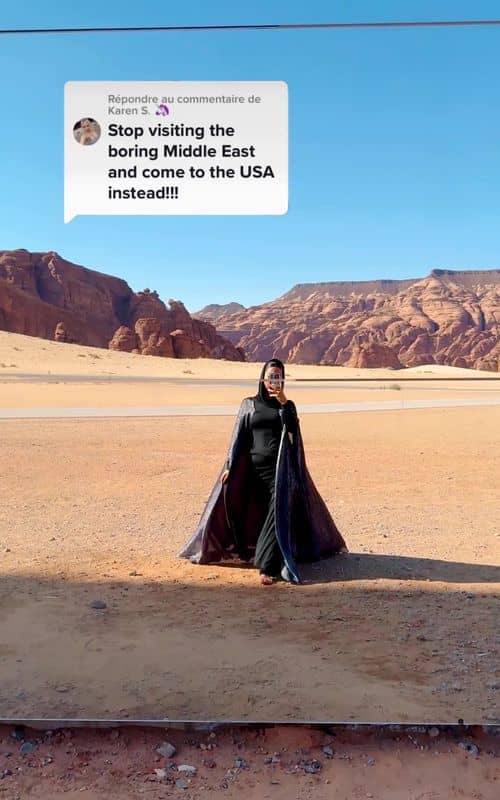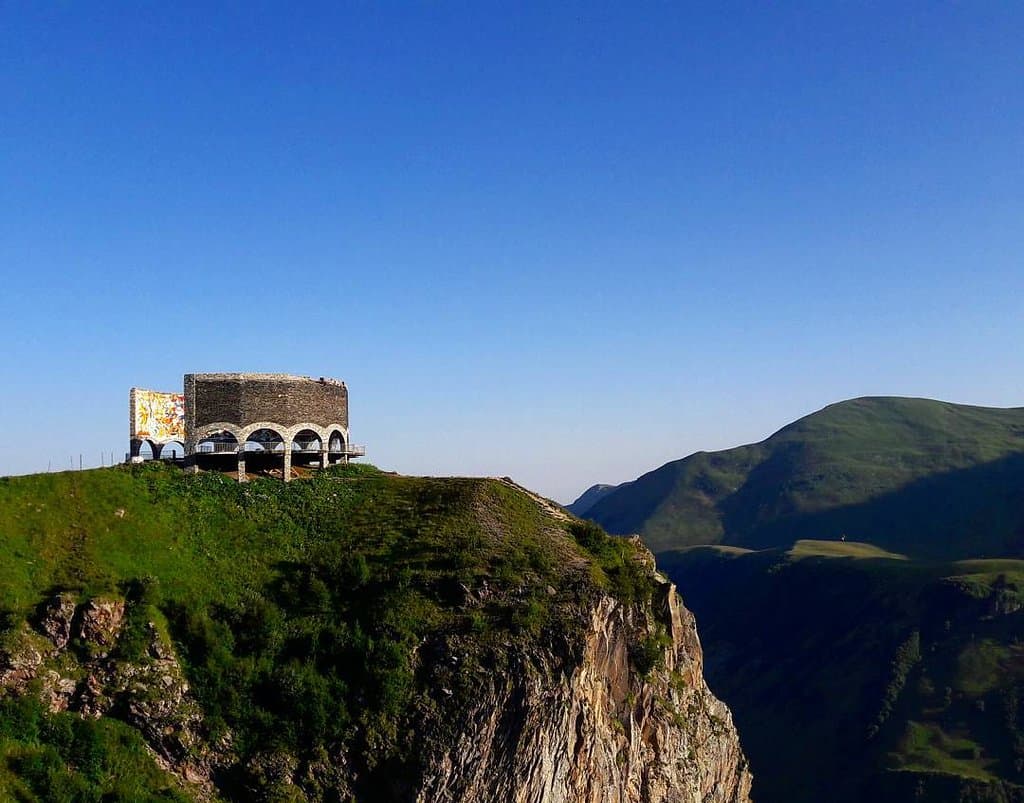Fatimid Cemetery Aswan
Explore one of the oldest Islamic cemeteries, featuring hundreds of ancient mudbrick tombs from the 8th to 12th centuries.
Highlights
Must-see attractions

Social
From TikTok & Reddit
Best Time
Beat the heat and crowds
Fatimid Cemetery Aswan
Best Time
Beat the heat and crowds
Highlights
Must-see attractions
Explore one of the oldest Islamic cemeteries, featuring hundreds of ancient mudbrick tombs from the 8th to 12th centuries.
"It's free to enter, but honestly, it's not that worth it."
Free Admission! 💰
Enjoy exploring this historic site without any entry fee.
Wear Comfortable Shoes 👟
The terrain can be uneven, so comfortable footwear is a must for exploring the cemetery grounds.
Highlights
Discover the most iconic attractions and experiences
Ancient Mudbrick Tombs
Explore hundreds of centuries-old Islamic tombs constructed from mudbrick, offering a glimpse into early Islamic burial practices.
Islamic Architectural History
Discover a significant site for early Islamic architecture, showcasing load-bearing wall construction and brickwork.
Aswan's Oldest Cemetery
Wander through what is considered one of the oldest cemeteries in the Islamic world, a testament to Aswan's long history.
Plans like a pro.
Thinks like you
Planning Your Visit
Timing Your Visit
Understanding the Site
Best Times
Insider Tips
from TikTok, Instagram & Reddit
Free Admission! 💰
Enjoy exploring this historic site without any entry fee.
Wear Comfortable Shoes 👟
The terrain can be uneven, so comfortable footwear is a must for exploring the cemetery grounds.
Bring Water & Sun Protection ☀️
As an open-air site, staying hydrated and protected from the sun is essential, especially during warmer months.
Manage Expectations
While historically significant, the cemetery is primarily mudbrick structures and may not appeal to all visitors.
Tips
from all over the internet
Free Admission! 💰
Enjoy exploring this historic site without any entry fee.
Wear Comfortable Shoes 👟
The terrain can be uneven, so comfortable footwear is a must for exploring the cemetery grounds.
Bring Water & Sun Protection ☀️
As an open-air site, staying hydrated and protected from the sun is essential, especially during warmer months.
Manage Expectations
While historically significant, the cemetery is primarily mudbrick structures and may not appeal to all visitors.
What Travellers Say
Reviews Summary
Visitors acknowledge the historical significance of the Fatimid Cemetery as one of the oldest Islamic burial sites, appreciating its free entry. However, many note its poor infrastructure and the deteriorated state of many mudbrick tombs, suggesting it may not be worth the visit for those seeking grander attractions.
"The historic Fatimid cemetery contains several hundred mudbrick Islamic tombs, built between the 8th and 12th centuries."
D.A.
"The Aswan Cemetery, which is considered one of the oldest cemeteries in the whole Islamic world, is located in the eastern outskirts of the city of Aswan, and it consists of two cemeteries, one in the north and the other in the south. It is built on the weakest building materials, which is the mud brick, and it is the most used material in that period, as the economic state of the country and individuals there did not allow them to use the stone and dress in it as it was in the days of the Pharaohs.
The tombs that remained coherent even before the year 1930 AD, which numbered (80), include a tomb scattered in the two main cemeteries, and the tomb of the tribal cemetery is located tombs from No. 1 to No. 31 in addition to tombs that do not carry numbers, and the cemetery is located tombs from No. 33 to Cemetery No. 55 in addition to To cemeteries with no numbers 0
In the middle of the current century, the hand of reconstruction required the expansion of the city and the opening of the streets to the demolition of many of them, and there are only sporadic models remaining. The history of this cemetery extends from the second AH AH / AD 13th century (AH AH / AD 13th century) to the seventh AH AH / AD 13th century AD (AH 7 AH). / 13 m).
Building system
These cemeteries were built on the system of load-bearing walls, like other Islamic monuments, in monolithic structures
The prevailing building material in these tombs was mud bricks, with the exception of some parts of these tombs, such as the contracts, necks of domes, and domes, which were built of brick, and stone strips appeared in some of these tombs, such as tombs No. 13 in the eastern group of tribal cemeteries, as well as cemetery No. 25 From the same group, as well as Cemetery No. 10 from the same group, and plasteries also appeared in some of these tombs such as Cemetery No. 12 in the Eastern Group of Tribal Cemetery and Cemetery No. 31 of the same group, and Cemetery No. 5 from the Western Group of Tribal Cemetery 0
Although the upper-level area contains many quarries of fine color sandstone, it was not used in the Islamic era in this area except for tombstones only. Perhaps this is due to the economic situation of the people of this region."
Bassem Almansi
"The only redeeming thing about this place is that it is free. If you want to see burial buildings from the 7th century this is the place to be, but honestly it’s not that worth it."
Jonathan Zhang
What People Like
What People Dislike
Frequently Asked Questions
🚇 🗺️ Getting There
The Fatimid Cemetery is located on the eastern outskirts of Aswan. You can reach it by taxi or ride-sharing service from the city center. It's about 7km southeast of the main city area.
While it's a significant historical site, signage might be limited. It's best to use GPS or ask a local for directions to ensure you reach the correct location.
Public transport options might be limited directly to the cemetery. Taxis or private hire are generally the most convenient ways to get there.
🎫 🎫 Tickets & Entry
No, the Fatimid Cemetery is free to enter. This makes it an accessible historical site for all visitors.
As an open-air site, there are no strict opening hours. However, it's best to visit during daylight hours for safety and visibility.
No booking is required as there is no entrance fee. You can visit anytime during daylight hours.
🎫 🧭 Onsite Experience
It's known for its hundreds of ancient mudbrick Islamic tombs, dating from the 8th to 12th centuries, making it one of the oldest Islamic cemeteries.
Many tombs are constructed from mudbrick, and while some remain coherent, others have deteriorated over time due to the building materials and expansion of the city.
While historically significant, it's not as heavily touristed as other Aswan sites. Some visitors find it less engaging compared to other attractions.
Expect a quiet, historical exploration of ancient burial sites. It's a place for those interested in early Islamic history and architecture.
There are very limited facilities at the cemetery. It's advisable to bring your own water and any other necessities.
📸 📸 Photography
Yes, photography is generally allowed. The unique mudbrick structures and vastness of the cemetery can make for interesting shots, especially during golden hour.
Early mornings and late afternoons offer the best light for photography, creating a warm glow on the mudbrick tombs and reducing harsh shadows.
Focus on the textures of the mudbrick, the patterns of the tombs, and the expansive views of the cemetery. Capturing the scale and historical atmosphere is key.
For Different Travelers
Tailored advice for your travel style
👨👩👧 Families with Kids
Pack plenty of water and snacks, and ensure everyone wears comfortable shoes. While it might not have the immediate 'wow' factor of other Egyptian sites, it provides a quiet space for reflection and learning about a different facet of Aswan's history. Consider it a supplementary stop rather than a primary attraction for younger children.
🏛️ History Buffs & Archaeology Enthusiasts
Take your time to observe the mudbrick construction, the load-bearing wall system, and any variations in materials like brick and stone. While some structures are in disrepair, the sheer scale and age of the cemetery offer significant insights into the funerary practices and societal conditions of the time.
📸 Photographers
Golden hour is your best friend here, casting a warm glow and enhancing the textures. Look for interesting angles and compositions that highlight the scale and age of the cemetery. While not as visually dramatic as some other Egyptian sites, it offers a more subdued, atmospheric subject for those seeking a different kind of shot.
Deep Dives
In-depth insights and expert knowledge
Historical Significance of the Fatimid Cemetery
The cemetery is divided into two main sections, north and south, containing hundreds of tombs. While many have succumbed to time and urban development, sporadic models remain, offering a glimpse into the past. The building system employed was that of load-bearing walls, typical of Islamic architecture. Although sandstone was available in the vicinity, its use was largely limited to tombstones, further emphasizing the reliance on mudbrick for the main structures.
Despite its historical importance, the cemetery's condition and limited tourist infrastructure mean it's often overlooked. However, for those interested in early Islamic history, archaeology, and ancient burial customs, it offers a unique and free opportunity to connect with a significant part of Aswan's heritage.
Architectural Features and Materials
While mudbrick dominates, some tombs incorporate other materials. Brick was used for specific elements like contracts and domes, and stone strips can be found in certain tombs, such as numbers 13, 25, and 10 in the eastern group. Plasterwork also appears in some tombs, like numbers 12 and 31 in the eastern group, and number 5 in the western group. These variations highlight the evolving construction techniques and resourcefulness of the builders.
Interestingly, despite the presence of fine color sandstone quarries nearby, its application in the cemetery was minimal, mainly restricted to tombstones. This suggests a deliberate choice, possibly due to cost or a preference for the traditional mudbrick aesthetic in funerary architecture during the Fatimid period.




Social
from TikTok, Instagram & Reddit